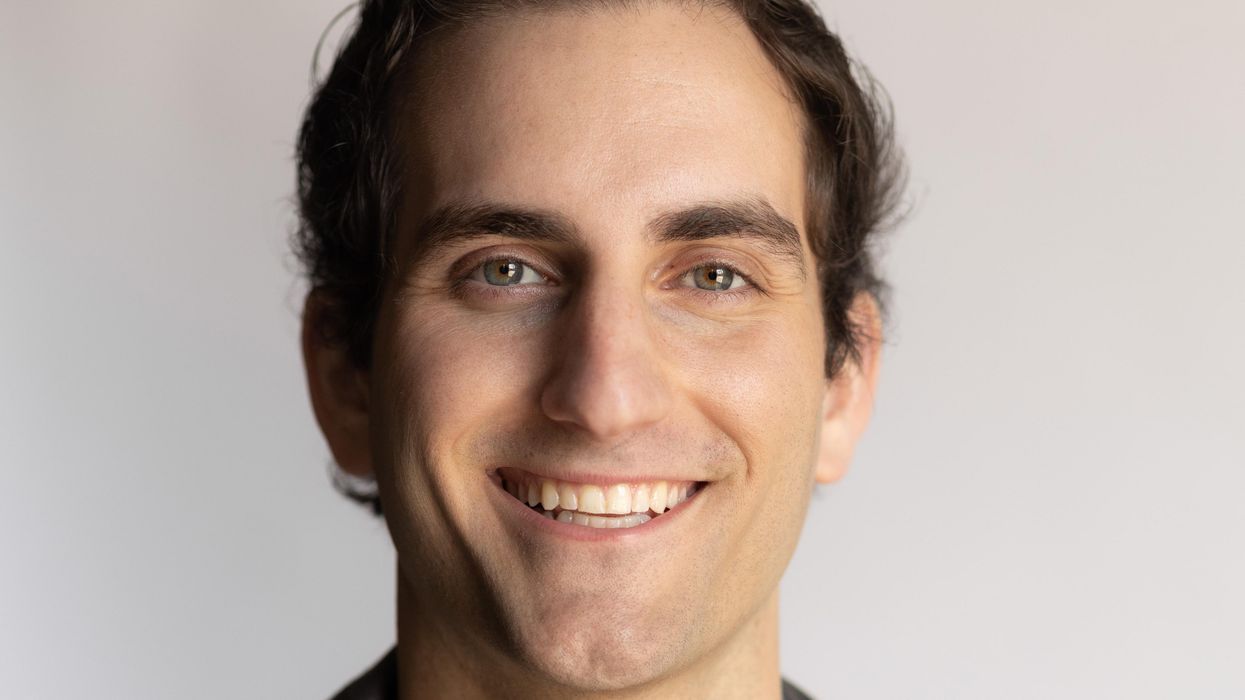Lightspeed Partner Faraz Fatemi on the Future of Consumer and Community-Focused Startups

On this episode of the L.A. Venture podcast, Lightspeed Partner Faraz Fatemi discusses a trend toward vertical-specific, authentic social platforms, as well as the shifting ecommerce and influencer economy.
As Lightspeed’s first L.A.-based partner, Fatemi focuses on four general areas of investment: consumer social, the creator economy, community-based commerce and interactive media.
Lightspeed invests from seed to pre-IPO, but Fatemi’s early-stage consumer team focuses on seed through Series B. Fatemi said he looks at what differentiates companies from their potential competitors when assessing investments.
In terms of consumer social, he sees several trends developing simultaneously, from livestream shopping to influencer commerce, peer-to-peer marketplaces and group buying, where consumers organize to reach the best deal on a product.
Fatemi said he’s particularly interested in social networks’ ability to cultivate a passionate community and a sense of authenticity for their users.
“I truly believe that the next generation of social platforms will have some elements of community ownership that reward things like engagement and development and contribution, frankly, to the platform,” he said. “So platforms will likely serve as a centralized store of content, and it'll start to build up social currency [and] credibility with an emphasis on digital identity as you're contributing to this community.”
Fatemi’s experience working at Clubhouse, a social app focused on audio, gave him insight into the importance of building a community and how to evaluate success. Viral momentum has its benefits, he said, but understanding what drives engagement can help social platforms find long-term success. Similarly, his time overseeing corporate development at Wave.tv taught him to focus on the psychology of the young users they were trying to serve. That led his team to pivot to creating sports highlights rather than longer-form content.
Fatemi credits his large Iranian family and—in particular—his mother, a psychologist, for influencing his approach to social media companies. Understanding what people do and why they do it, he said, can help platforms build audiences.
“What are folks looking to get out of it from a psychological perspective?” he asked. “If you can nail that psychological piece, I think that's what's going to allow you to build a really sticky community.”
Fatemi sees a parallel between his parents encouraging him to follow his own path and how he works with his portfolio companies. While founders focus on crafting their startup’s direction, he said a good partner or board member encourages their vision without being overly authoritative.
“At the end of the day, it is a founder’s business, right? [It] is their baby,” he said. “They should be the ones that are determining the direction the business is going in.”
dot.LA editorial intern Kristin Snyder contributed to this post.
Click the link above to hear the full episode, and subscribe to LA Venture on Apple Podcasts, Stitcher, Spotify or wherever you get your podcasts.





 Image Source: Perelel
Image Source: Perelel